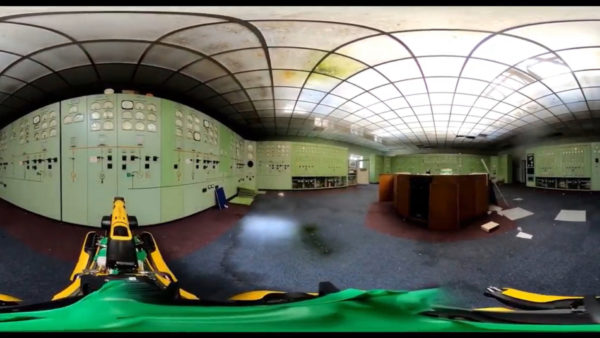Ilka May, newly appointed co-chairman of Germany’s BIM Task Group, Planen-Bauen 4.0, on the path to BIM adoption in Germany.
What exactly is Planen-Bauen 4.0?
It is a joint initiative from 14 leading institutions and associations in Germany, covering the complete value chain from design, construction and operations, supported by the German government and industry. It aims to unlock the potential of digtisation in the construction sector and make it accessible to all members of the supply chain.
The Planen-bauen 4.0 association is a national platform, a centre of excellence and the coordinating body for research, standardisation and market implementation. It will guide and steer the implementation of BIM, or digital design construction, operation and asset management, across the entire industry, in Germany.
It’s the first time all these different players have all come together and grasped the same aims and objectives across the whole industry – already that’s a big achievement.
Was that always the group’s name?
We originally wanted to be called Digitales Bauen, but there’s already a company with that name. Germany’s manufacturing sector already has an initiative called Industrie 4.0, and when we looked at their aims and objectives and how they set themselves up, we saw so many similarities in terms of standards, digitisation and the streamlining of processes, that we’ve translated the name 1 to 1. That’s a very clear signal to the public that there’s a tie-in.
Doesn’t Germany have plenty of “early adopters” in BIM?
Some of the German contractors are very advanced in certain areas of BIM, and some planning and engineering practices too. But so far there has been little visibility of BIM projects in Germany. What we see now is an increasing number of pilot projects in the public sector, mostly in rail and roads. Early adopters are important to raise awareness and confidence in processes and technologies that are new to many people in Germany.
What are the biggest barriers to BIM adoption in Germany?
Traditionally in Germany we have the “Mittelstand” – or small and medium enterprises – seen as the engine room of Germany’s economy. One of the concerns is that digitisation might overburden and harm the Mittelstand, but I think the opposite is true – where there’s no coordination and no setting of clear rules for the market, then the Mittelstand is left to its own devices. This bears the risk of waste and duplication, market confusion and a high degree of proprietary solutions – and the Mittelstand will pay for it.
What we need in Germany is a common approach and a clear set of requirements and rules defined by clients and operators, supported by open industry standards for data and processes.
Is Germany’s public sector likely to create a BIM mandate?
The federal structure of Germany, with 16 at least to some extent autonomous states and local authorities, doesn’t support nationwide policies and regulations, especially in technical areas. And the responsibility for innovation in construction is split between different ministries. Whether we’ll see a mandate, a set of requirements or a strategy coming out of this remains to be seen, but we will see a stronger pull from the government representing public sector clients.
What would you hope to borrow or learn from the UK BIM Task Group?
There is a lot we all – designers, clients, owners, operators – can learn from the “Digital Built Britain” strategy. The UK’s strategic journey started in 2011 with Level 2 BIM, basically a set of rules for the creation and delviery of information for construction. But what appeared to be purely focused on asset delivery and Capex is actually creating a sound basis of clients able to specify their information requirements for operational use and asset performance on the basis of open data standards and a market able to deliver it.
Level 2 is converging targets for construction, energy, sustainability and market growth, and makes it applicable to all aspects of the built environment. Level 3 takes this to the next level in operating, maintaining and measuring how our built environment performs.
What did you take from the EU BIM Task Group meeting last month?
It was very interesting to see where all the countries were on the journey, and the individual approaches the markets have taken. It was also interesting to discuss how the EU can help and support and enable growth and efficiency at EU level. How can public sector clients, even without a clear policy and mandate, stimulate a reaction in the markets in the right way?
For me, in Germany, I hope that some direction and support at EU level will really help us to bring people together. The knowledge that there are other countries in this, perhaps competing with us, will help it come together. Germany would welcome a strong visibility and support from the EU Commission in the deployment of “digital construction” as a fundamental methodological and technology change, which stimulates the entire supply chain from planning to construction and operation of assets in order to improve efficiency and international competitiveness.
Comments
Comments are closed.














This appears to be very enlightened approach.
For years one CAD sofware supplier has made an agressive effort to force one CAD file standard. Despite this there remains DGN VWX DWG etc all competing and not fully compatible as native separate formats. Import export is not a satisfactory means of file exchange.
A replacement of DWG with RVT or any other proprietary file exchange does not encourage diversity of drawing tools or interoperability of data.
With IFC the standard for file exchange will, like PDF, be device and software independant.